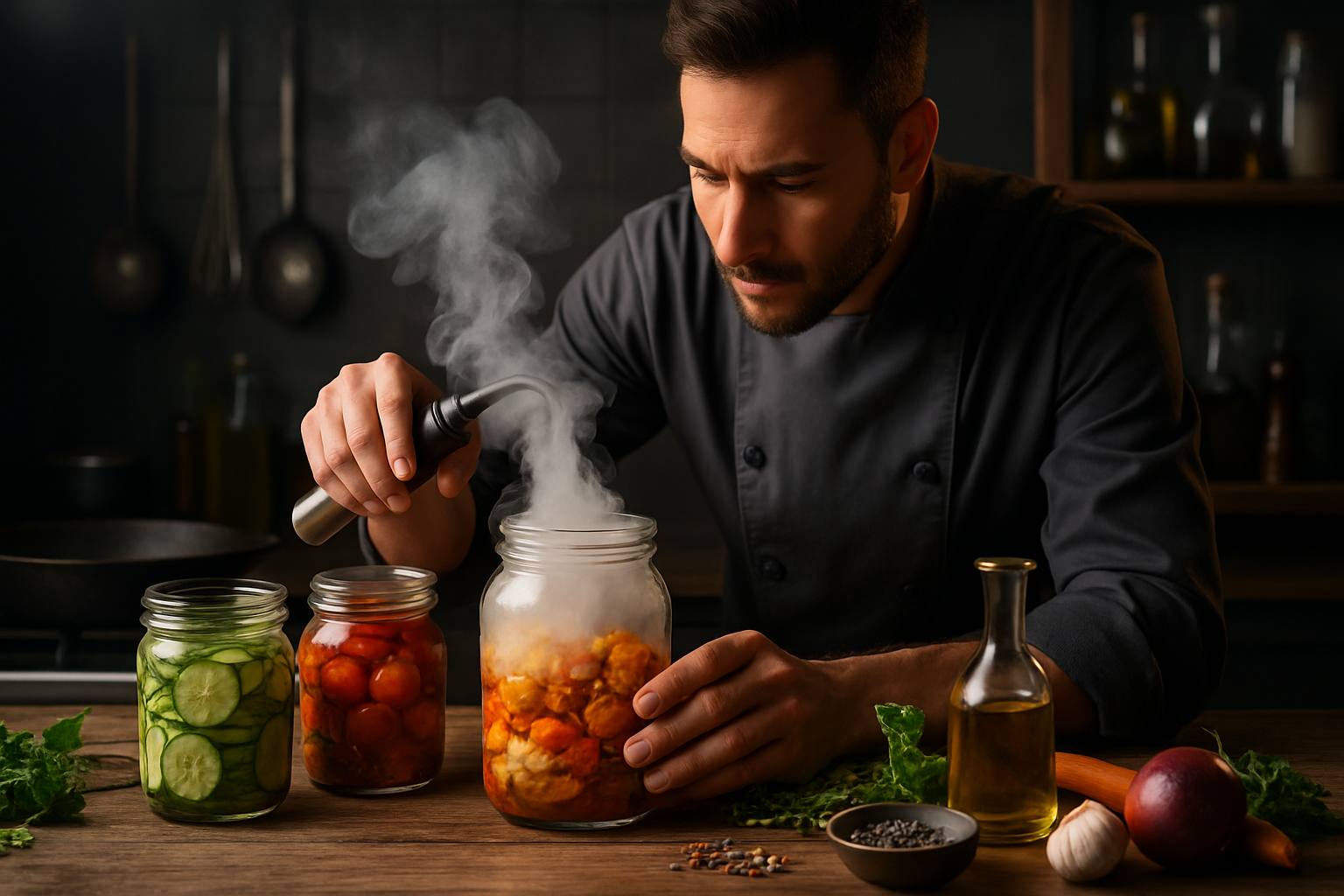Timing and temperature: principles for reliable roasting
Reliable roasting depends on the careful balance of timing and temperature. Understanding how heat transforms proteins, carbohydrates, and fats—through processes like caramelization and Maillard reaction—lets cooks control texture, color, and aroma. This primer outlines practical principles to pair heat profiles with seasoning, moisture, and resting time for consistent results.

Timing and temperature: principles for reliable roasting
Roasting is a controlled application of dry heat that transforms raw ingredients into dishes with concentrated flavor, crisp textures, and fragrant aromas. Success comes from matching temperature to the food’s size, moisture content, and desired finish. While high heat speeds browning and caramelization, lower temperatures allow even cooking and retention of juices. Balancing time and temperature also determines how seasoning, acidity, and fat interact, so planning steps—such as brining, resting, or basting—will improve consistency and flavor in the final dish.
How does flavor develop during roasting?
Flavor during roasting is built by multiple chemical pathways. Caramelization of sugars yields sweetness and brown color, while Maillard reactions between amino acids and reducing sugars create complex savory notes and roasted aroma. Fat renders and carries volatile compounds, enhancing aroma and mouthfeel. The interplay of acidity and umami influences perceived richness: a splash of acid can brighten a roasted dish, while stock or fermented components add depth. Monitoring internal temperature and surface color helps you achieve the intended balance of sweetness, salt, and savory notes without overcooking.
How should seasoning and salt be applied?
Seasoning strategy matters for timing and temperature. Salt draws moisture and concentrates proteins if applied early, improving browning and internal seasoning; for thin cuts a short rest after salting is enough, while larger roasts benefit from a longer dry-brine. Herbs and delicate spices often fare better added later in roasting or during resting to preserve aromatic oils. Layering seasoning—salt, then acid, then a finishing spice—creates complexity: salt enhances umami and sweetness perception, while acidity balances fat and highlights caramelization.
How does temperature influence caramelization?
Caramelization requires sufficient surface heat to break down sugars, typically above 300°F (150°C) on the surface. High initial temperatures encourage rapid browning and a crisp crust, but can risk an undercooked interior if the piece is thick. Using a two-stage approach—high heat to build color, then lower temperature to finish—lets you capture intense aroma while ensuring even doneness. For vegetables, sustained high heat deepens sweetness through caramelization; for proteins, control surface temperature to avoid bitter charring while maximizing flavor.
What role does umami and stock play?
Umami-rich components like reduced stock, roasted bones, miso, or aged soy intensify perceived savoriness in roasted dishes. Deglazing a roasting pan with stock captures browned fond and concentrates flavor into sauces and jus. Using stock in a braise or as a finishing reduction complements roasted notes and reinforces body without adding salt alone. Thoughtful use of stock and umami ingredients can reduce the need for excessive salt while improving mouthfeel and continuity between roasted protein and accompanying sides.
How can infusion, spice, and aroma be used?
Infusion techniques—such as flavored oils, compound butters, or citrus zest—add targeted aroma that withstands the roasting process. Whole spices and robust aromatics like garlic or bay leaf can be added early to tolerate long heat, while volatile herbs and finishing spices should be applied near the end or during resting. Toasting spices briefly before inclusion increases their aromatic contribution. Combining spice with proper timing and temperature elevates the overall aroma profile without masking the intrinsic flavors created by roasting.
How do fermentation and pickling affect roasted foods?
Fermented and pickled accompaniments introduce acidity, salt, and umami that contrast and cut through rich roasted flavors. Pickling brightens heavy dishes and adds textural contrast; fermented condiments like kimchi or miso provide savory complexity and can be used in marinades or finishing sauces. Preservation techniques influence timing too: preserved items often require minimal heat and should be integrated after roasting to maintain their nuanced acidity and fermentation-derived aroma.
Conclusion
Consistent roasting is the result of deliberate choices about heat, timing, and ingredient preparation. Understanding how processes like caramelization, Maillard reaction, and fat rendering interact with seasoning, acidity, and umami will help you design roast schedules that hit the desired texture and flavor. Experiment with two-stage temperatures, layered seasoning, and complementary preserved or infused elements to refine outcomes and reproduce reliable results across different cuts and vegetables.





